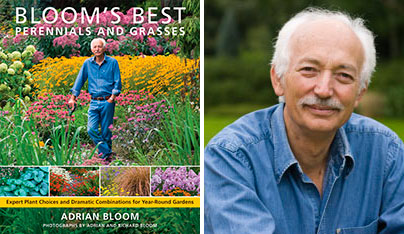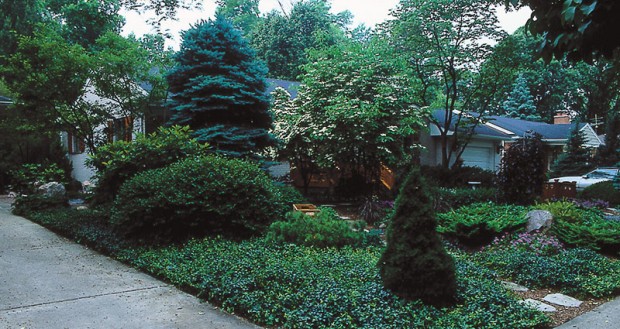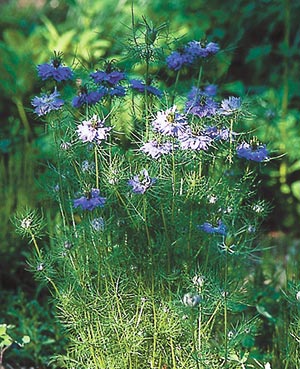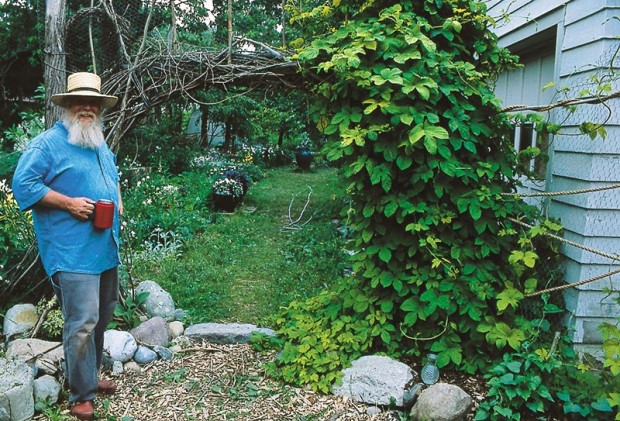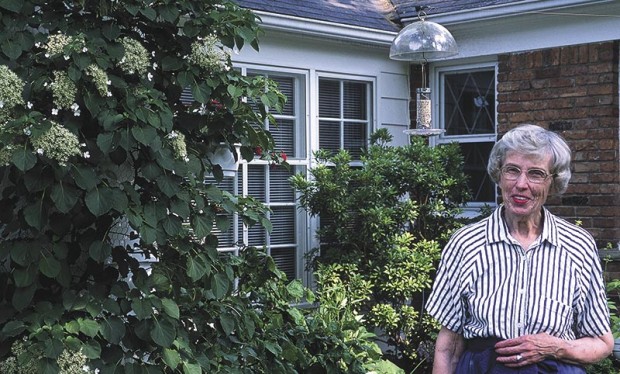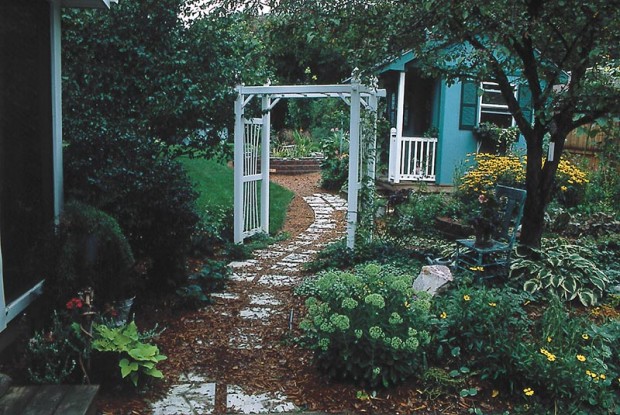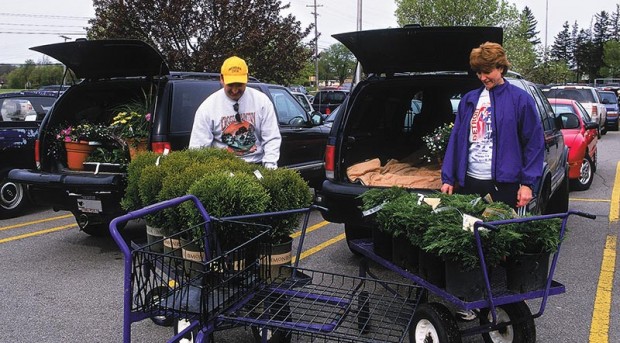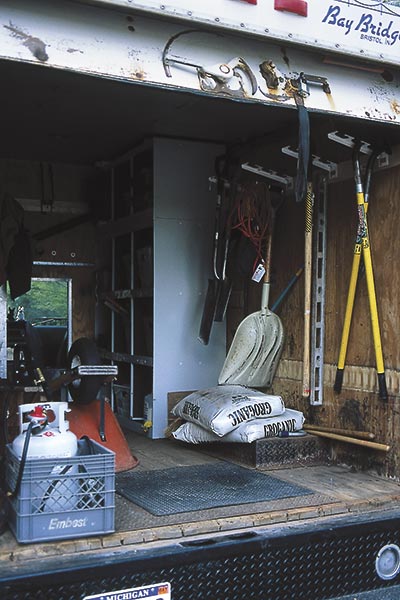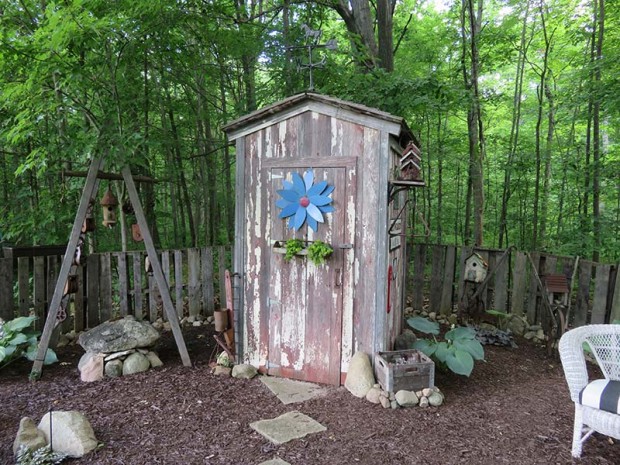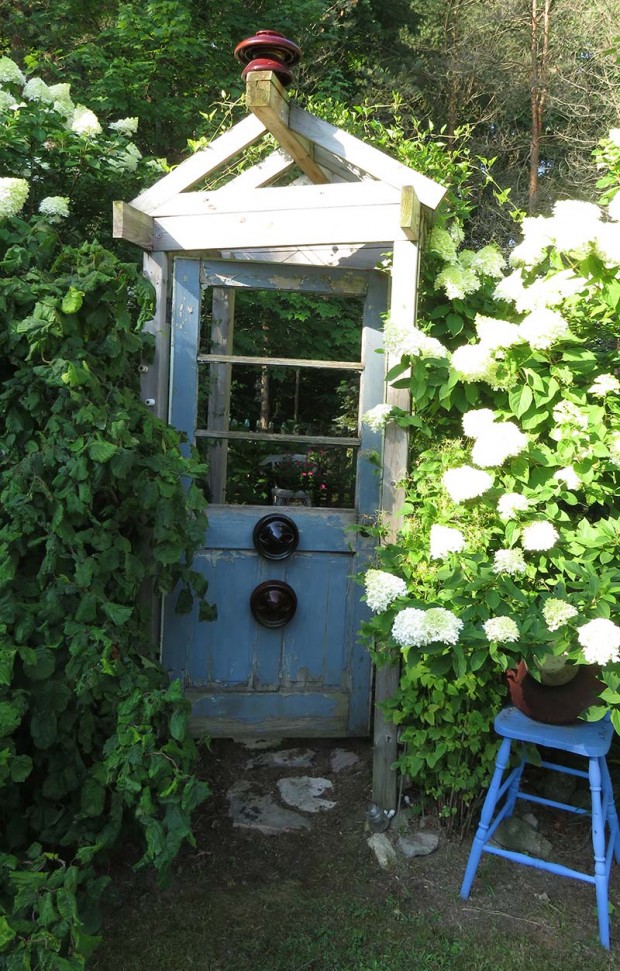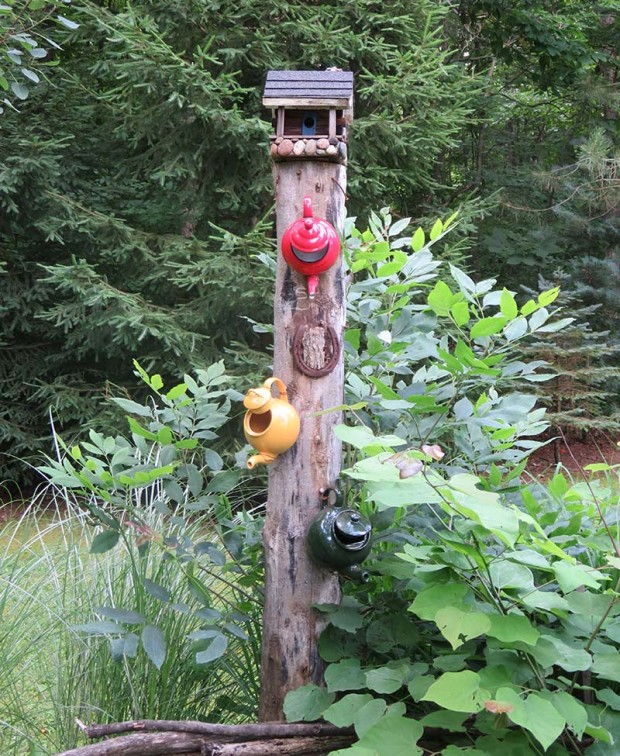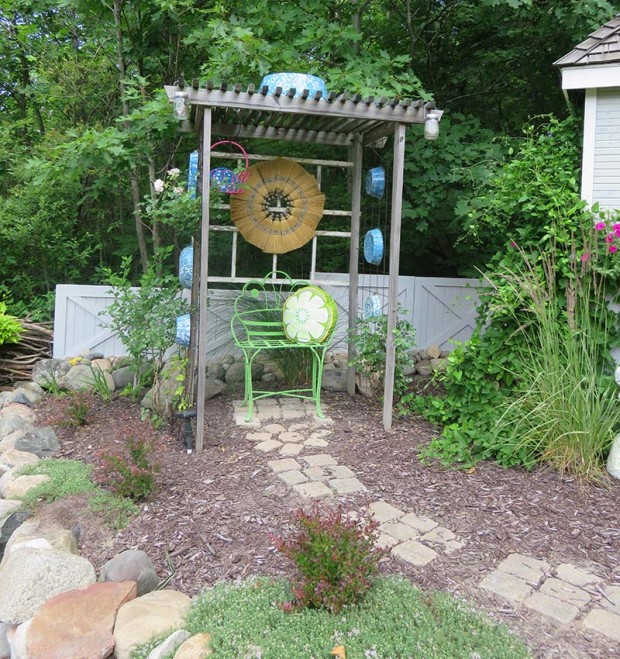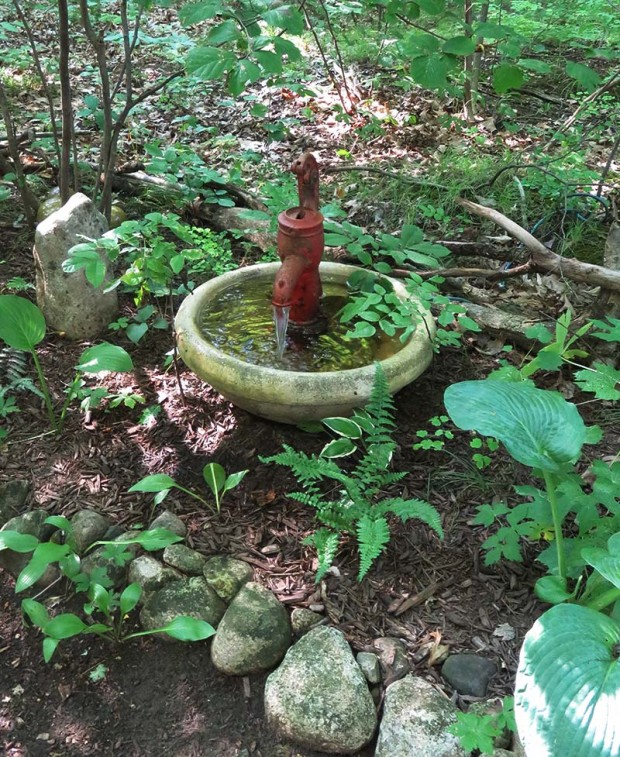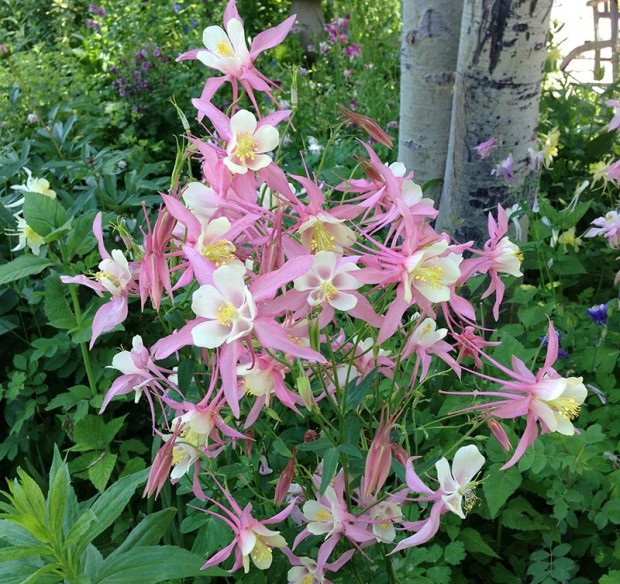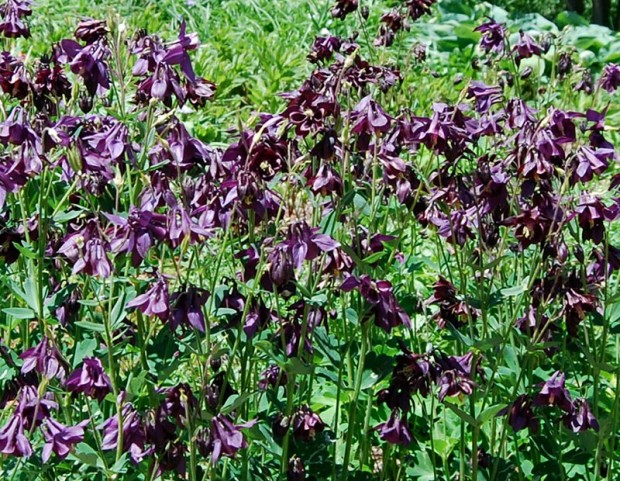NPR:
On Aug. 21, a 70-mile-wide ribbon from Oregon to South Carolina called the “path of totality” will experience a total solar eclipse. Large swaths of farmland in the Great Plains and Midwest will be plunged into darkness for 2 1/2 minutes, and temperatures will drop about 10 degrees in the middle of the day.
But as millions of people look up at the sky, many Midwest scientists will turn their eyes and cameras toward the plants and animals on the ground. And they’re not sure what will happen.
“It’s never really been studied systematically,” says Angela Speck, director of astronomy at the University of Missouri, Columbia.
Speck says different parts of the Earth experience a total eclipse about once a year, and that makes tracking changes in animal and plant behavior challenging.


